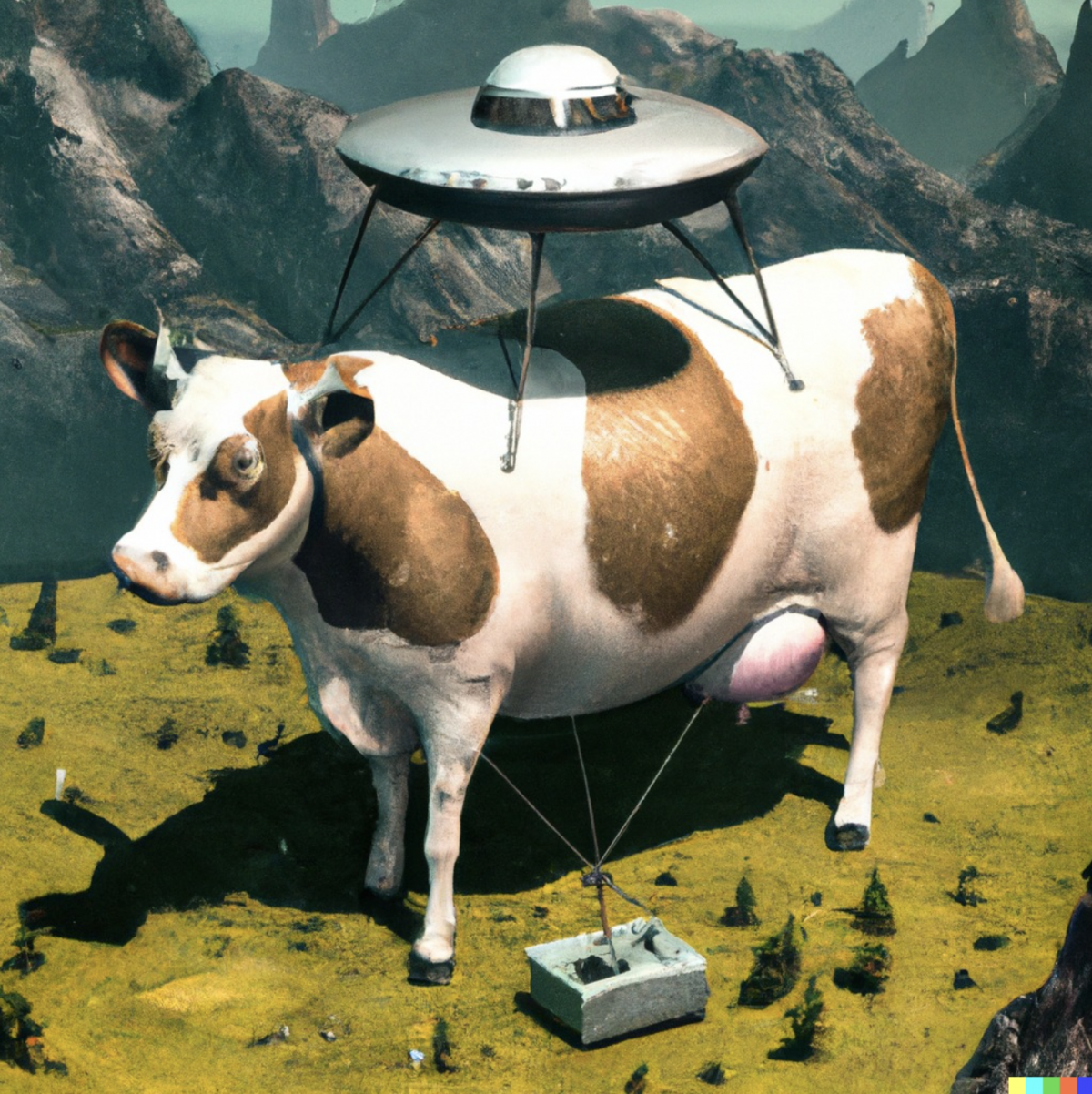This article was born of a question. Can mastering image generators like Dall-E or Midjourney make me an artist in my own right? Logging on to the OpenSource image generator Craiyon, I used the following two prompts which gave me the results below:
“Johannes Vermeer’s painting Girl with a Pearl Earring executed in the expression style of Francis Bacon” and “View of the Rotterdam skyline in 2023, painted in the style of Paul Gauguin”.
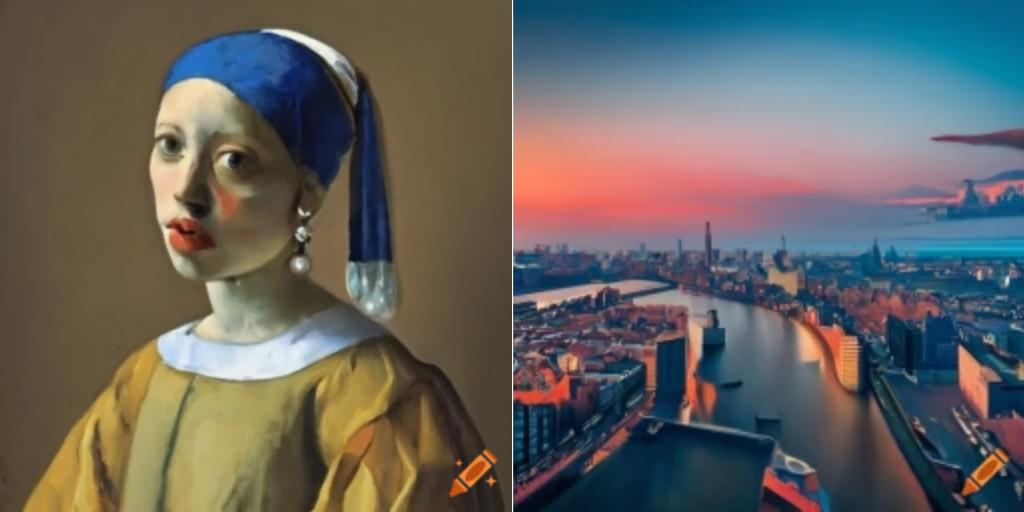
Already in 2016, the painting “The Next Rembrandt” was created using deep learning and facial recognition algorithms to accurately determine Rembrandt’s style and techniques in order to create a new painting that could be attributed to him. Finally, a 3D printer was used to produce a relief painting reproducing the appearance of an oil painting. Apart from the use of algorithms, the human hand was not involved in the entire creation of this painting.
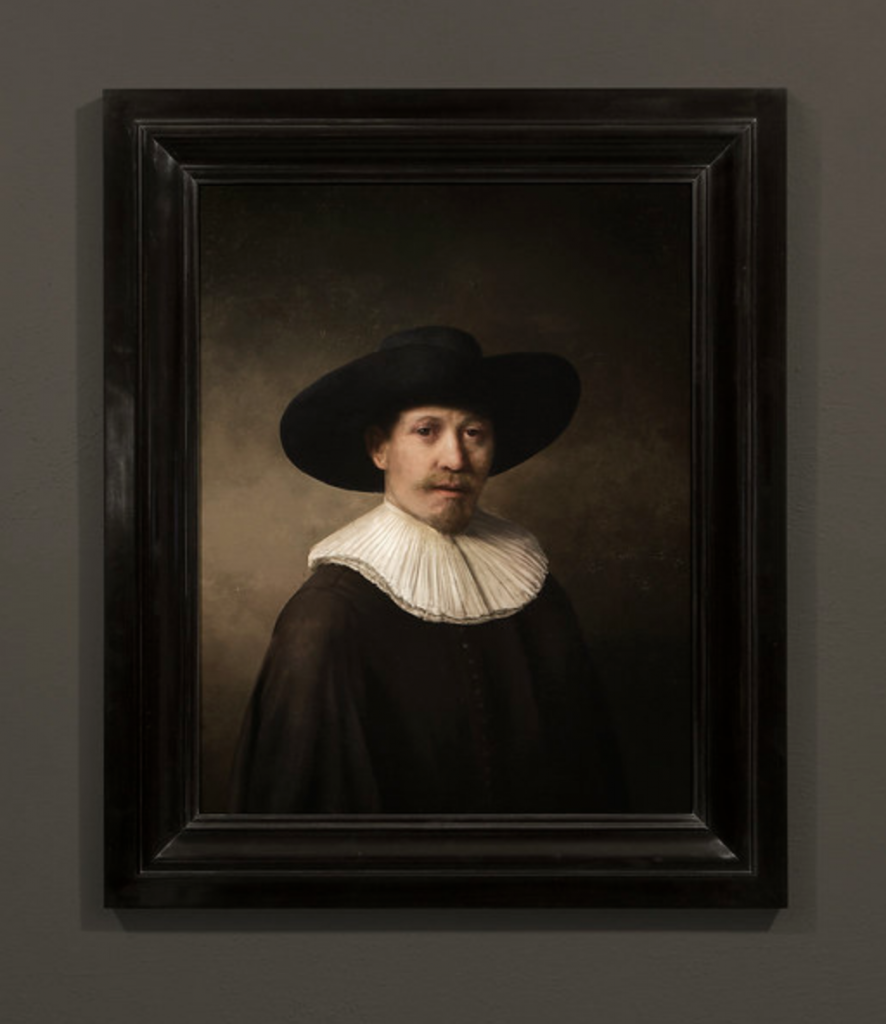
On 25 October 2018, the world’s leading auction house Christie’s put up for sale “Portrait d’Edmond de Belamy”, a portrait created by AI that sold for $432,500. According to the artists in the Obvious collective, the aim was to democratize creation using AI, which is just as much a tool as a paintbrush. For them, the collective’s intention was enough to give them legitimacy, since they were the ones who decided on the elements and guided the AI in its creation.
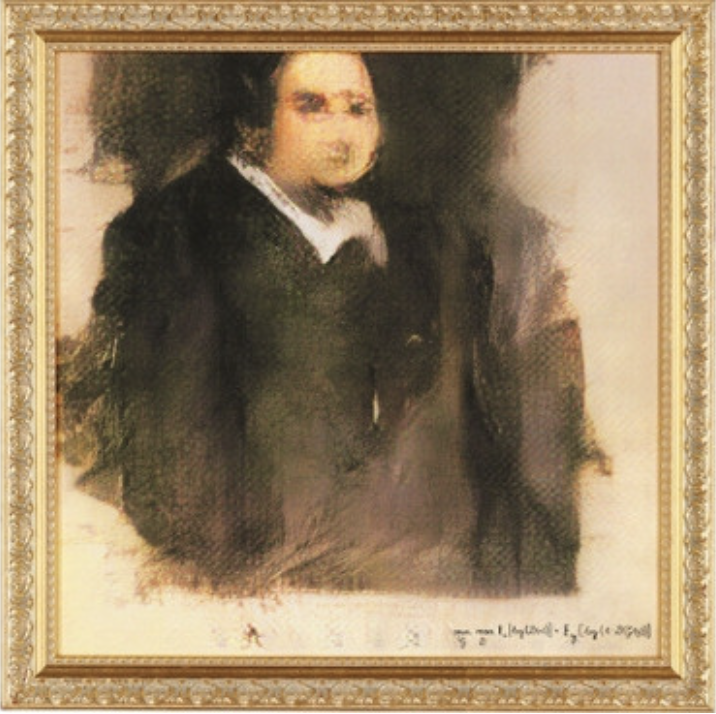
In 2022, a new stage was reached and the debate succumbed. Jason Allen created “Théâtre D’opéra Spatial” using MidJourney and won first prize for digital art at the Colorado State Fair. According to the artist, the result was made possible by writing a lengthy prompt packed with references and artistic terminology to achieve the result. Over 80 hours of work on the prompt and image formation were required before he uploaded the images and reworked them in Photoshop. This new stage marks a continuity in the history of art in the relationship between the plastic and the technical, which have always been side by side (as with the arrival of photography).
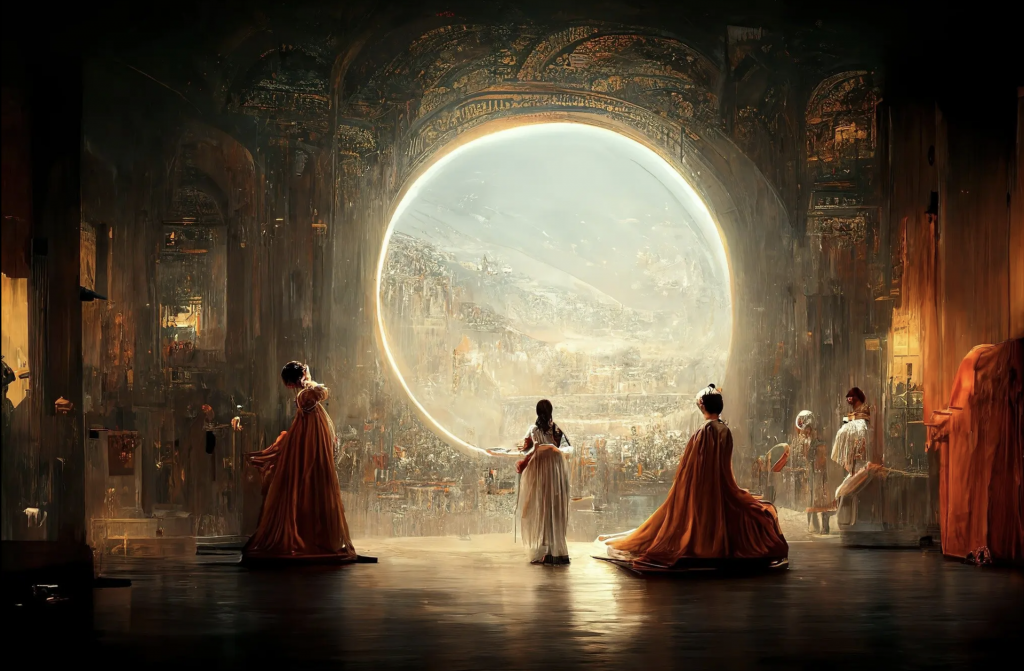
This raises a number of questions. First of all, who should be credited with creating such works? For some, the use of artificial intelligence takes nothing away from the human being who has the intention and remains the one with the “creative genius”. In this sense, AI is just another technical tool that follows the tradition of art history. As far back as the 1980s, fractal art used algorithms to produce works from fractal objects. For others, the problem is one of intellectual property. AIs use a database that spoils the “real artists” of their work, removing all legitimacy from those using AI. The question to be asked is whether the arrival of artificial superintelligence will allow the development of AIs with the intention of creating art. The accessibility of such tools would make everyone an artist, so much so that they would no longer exist.
Personally, I think there is an intrinsic value in human creation that AI will never have. We might find some aesthetic and interesting creations in AI, but nothing compared to the human intention and technique that enable reflection and beauty. In this sense, I think that AI Art will find a place in the history of art as a particular art form that will be associated with AI, blockchain and NFT technologies, but that will not make human art disappear.
